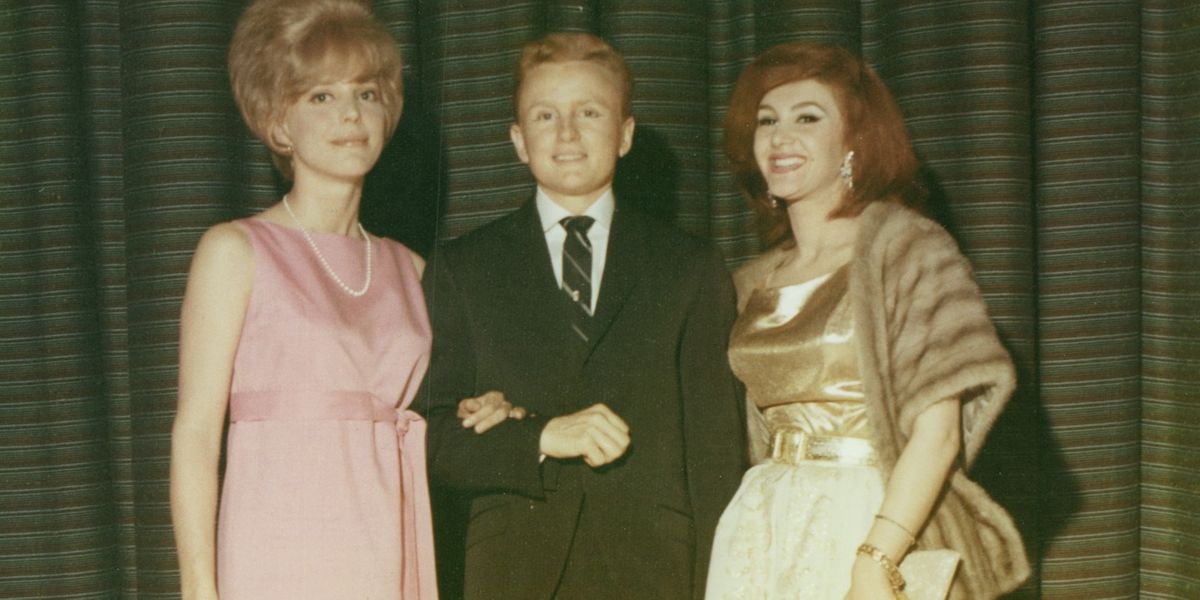
November 20th is known as Transgender Day of Remembrance.
First marked in 1999, it’s now part of Transgender Awareness Week, and an occasion to memorialize victims of transphobic violence who have died in the course of the year. Trans women of color in particular have long been disproportionately targeted by violent transphobes.
It’s important to acknowledge that fact, and to honor the memory of women like Black Lives Matter activist Oluwatoyin Salau — who died in a likely homicide in June, days after reporting that she had been sexually assaulted. And she is far from alone.
2020 has been a particularly bad year for transphobic hate crimes in the US, and it’s important that we remember the names of those we’ve lost. But there is another group of trans people that our culture tends to forget: trans men.
It’s #TransAwarenessWeek, a time to raise visibility about trans lives––our joys, our struggles, our wins, & the wo… https://t.co/Hl5EL4SvsL— Jackson Bird (@Jackson Bird)1605794581.0
This is not to say that trans men are immune from transphobia — not by any means. In March, for example, Yampi Méndez Arocho of Puerto Rico was assaulted and shot to deathwas assaulted and shot to death, after which police and media reporting on the incident referred to him by his deadname and by female pronouns. But there are reasons why bigots more often target trans women.
Trans women represent what transphobes find fearful about trans identities. For cis men in particular, trans women are often mythologized as sexual predators or “traps” who could somehow unearth latent homosexual tendencies in otherwise straight men.
As confused as that narrative is — on multiple levels — it informs much of the discourse in our culture, which is how we end up having so many conversations about trans women as “men in dresses” going into women’s bathrooms. It’s how we end up with actual men — trans men with beards and camo hats — being forced to use women’s bathrooms by regressive state law.
@PatMcCroryNC It’s now the law for me to share a restroom with your wife. #HB2 #trans #NorthCarolina #shameonNC https://t.co/4b4OdmfmeN— James Parker Sheffield (@James Parker Sheffield)1458790647.0
In a patriarchal society, rejecting an imposed male identity is seen as more transgressive than rejecting an imposed female identity. Consider the mild connotations of the term “tomboy” as compared to the way boys are derided for behavior perceived as “sissy.”
But that added level transgression is a double-edged sword, because while trans women are more often the target of hateful words and violence, they are also the group whose struggles are more often recognized and acknowledged by potential allies. Meanwhile, trans men and non-binary people are often just erased from the conversation.
With that in mind, let’s take the occasion of Transgender Day of Remembrance to memorialize some of the iconic trans men of history.
Billy Tipton
Jazz musician Billy Tipton was a talented pianist and saxophone player who led the Billy Tipton Trio and was active in the jazz world for more than 40 years. In an era when hormone therapy and gender confirmation surgery were almost non-existent, Tipton bound his breasts and told the women he was romantically involved with that he had been injured in a car accident to avoid questions about his anatomy.
Though never legally married, Tipton and his long-time partner Kitty Tipton (née Kelly) adopted three children. Only after his death did his family learn that Tipton was transgender.
Amelio Robles Avila
Amelio Robles Ávila was a soldier who rose to colonel during the Mexican revolution. An accomplished military leader, Ávila was awarded the Mexican Legion of Honor and the Revolutionary Merit Award for his service. From the age of 24 until his death at 95, he lived as a man, and would reportedly threaten anyone who addressed him as female with a pistol.
Karl M. Baer
In 1906, Karl M. Baer became one of the first people to undergo gender confirmation surgery, and was also among the first people to have their gender identity legally affirmed. Working with sex researcher Magnus Hirschfeld, Baer used the pseudonym N.O. Body to share his experience in the semi-fictional book Memoirs of a Man’s Maiden Years.
Later, Hirschfeld’s research on gender would be destroyed as Fascism came to power in Germany.
Alan L. Hart
In 1917, Alan Lucille Hart became one of the first trans men in the United States to undergo a hysterectomy for the purposes of gender confirmation. He went on to be an acclaimed physician who pioneered the use of X-Rays to screen for tuberculosis — a practice that would save thousands of lives.
Charley Parkhurst
Known to his friends as “One-Eyed Charlie,” Charley Parkhurst was a stagecoach driver in California during the gold rush of the 1840s and ’50s. Known as one of the most adept members of his profession. Parkhurst ran away from his New England home at a young age to live as a man, working with horses and eventually making his way to the west coast.
He reportedly lost the use of one eye after being kicked by a horse, but continued to work unabated. After his death in 1879 his friends were shocked to learn of his anatomy, and Charley Parkhurst was incorrectly given assigned the label of “the first woman to vote in the U.S.” — though it is possible that he was the first trans man to do so, in November of 1868.
Of course there are countless other trans men whose contributions to history are worth noting — including Reed Erickson, philanthropist and founder of the Erickson Educational Foundation, who is pictured above.
Even leaving aside contemporary trans activists like Jackson Bird or Kylar Broadus, there are far too many to include in one article, but it’s worth remembering these five.






 38
38